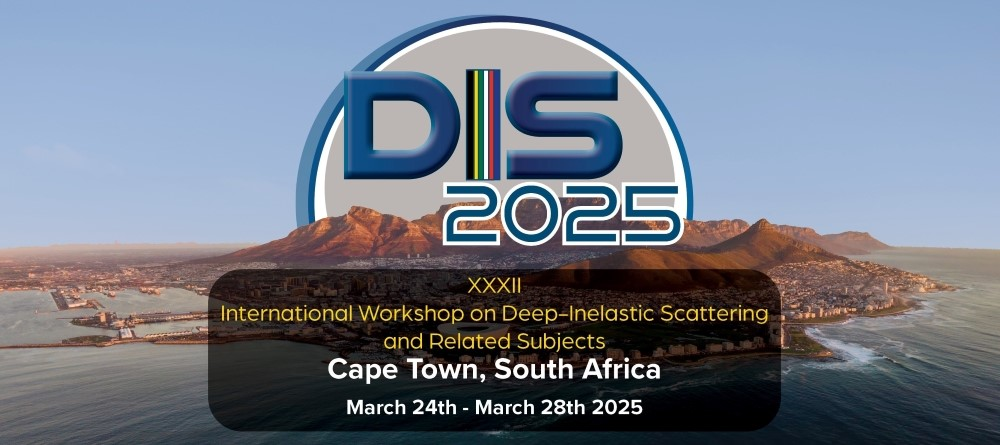Speaker
Description
The High-Luminosity Large Hadron Collider (HL-LHC) at CERN marks a new era for high-energy particle physics, demanding significant upgrades to the ATLAS Trigger and Data Acquisition (TDAQ) system. Central to these upgrades is the enhancement of online software tracking capabilities to meet the unprecedented data rates and complexity of HL-LHC operations. This study investigates the deployment of Graph Neural Networks (GNNs) on Field-Programmable Gate Arrays (FPGAs) within the Event Filter system of the ATLAS experiment. Focusing on the reconstruction of tracks in the new all-silicon ATLAS Inner Tracker, we detail a GNN-based tracking pipeline comprising graph construction, edge classification via interaction networks, and segmentation into track candidates. Key optimizations, including model hyperparameter tuning, pruning, quantization-aware training, and sequential processing of detector regions, are explored to reduce FPGA resource utilization and maximize throughput. Our results demonstrate the potential of this approach to achieve high tracking efficiency and low fake rates, aligning with the stringent requirements of the ATLAS Event Filter system for HL-LHC operations.
